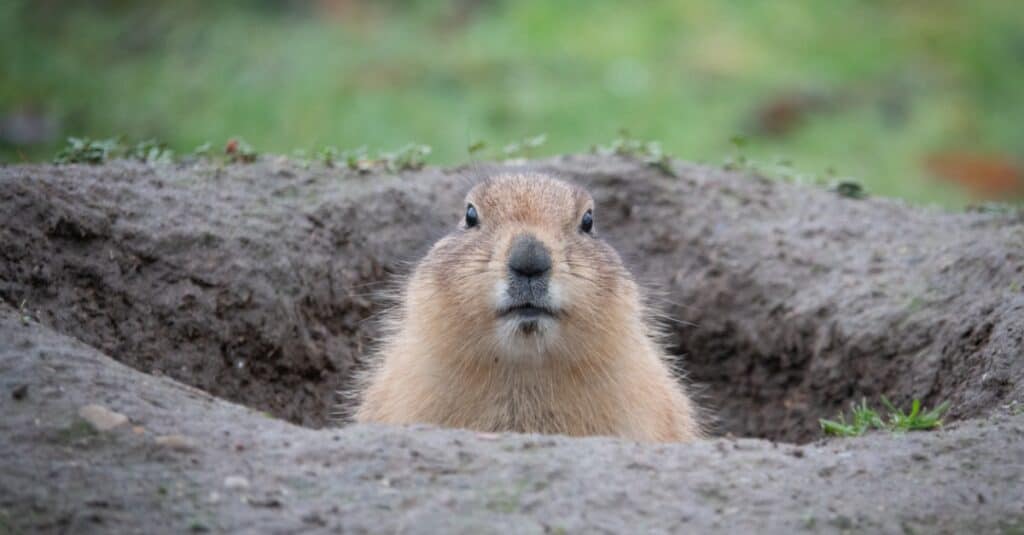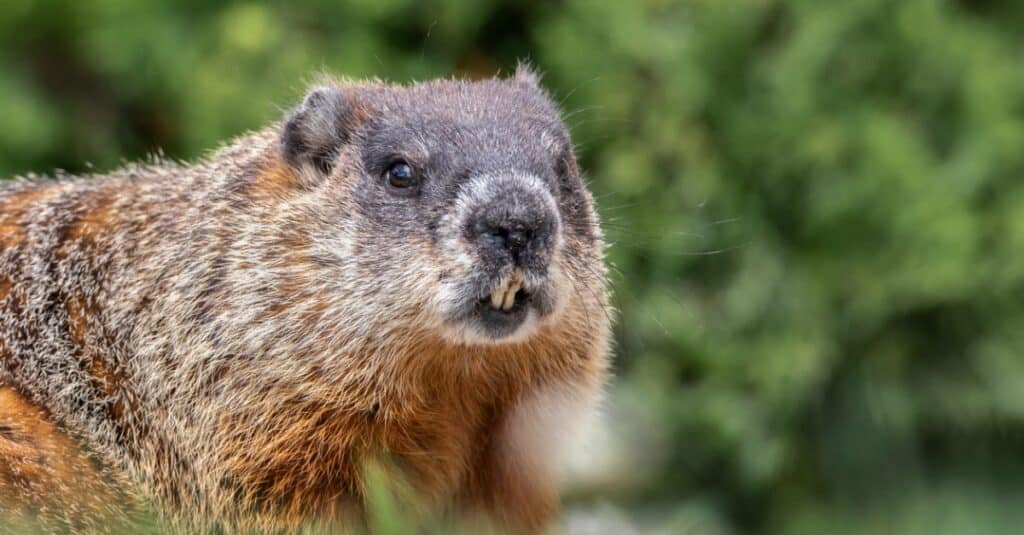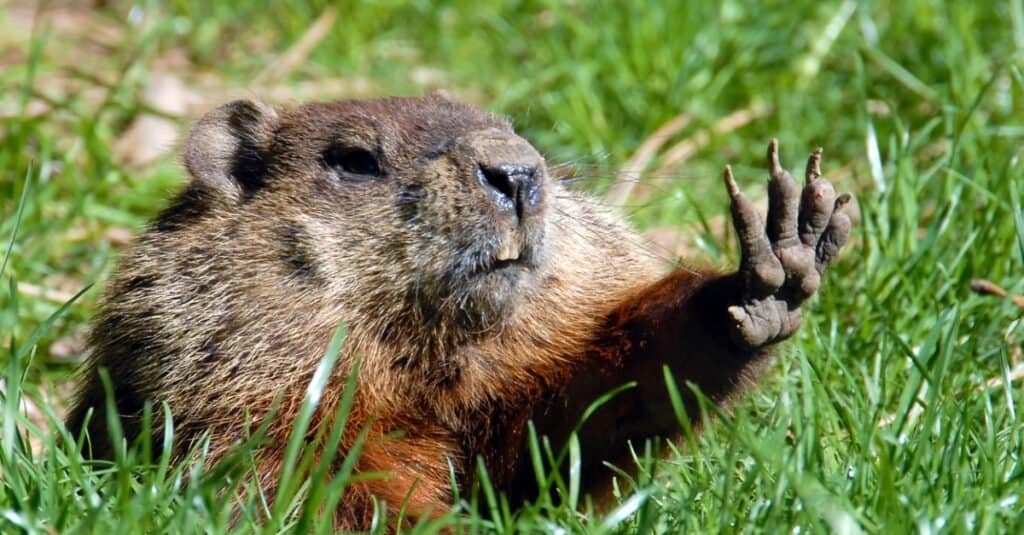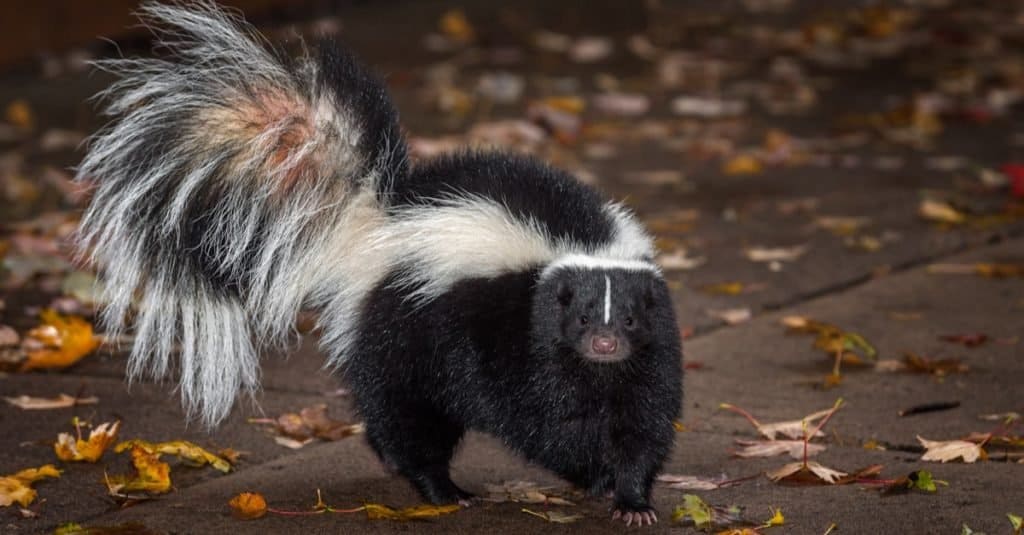The groundhog has several other names that it is called, including (but not limited to) woodchuck, thick wood badger, moonack, and whistle pig. Groundhogs are rodents that may be found all over the United States and Canada and can generally survive in any environment. Other incredible facts about these animals that you should be aware of are detailed below.
1. Groundhogs are true hibernators

Groundhogs go into hibernation, and when they do, they fully hibernate. Their hibernation can last as long as five months, and during that period, they lose about a quarter of their body weight. Their heart rate also slows down from 80 beats per minute to 5 beats per minute, and their body temperature reduces by 60 degrees Fahrenheit. Also, their breathing will drop drastically from 16 breaths per minute to about 2 breaths. After hibernation, they emerge for mating season.
It is important to note that not all groundhogs go into hibernation. Some may stay active all year long. This occurs mostly in groundhogs in the southernmost regions.
2. Groundhogs embark on feasts in preparation for hibernation
Whenever hibernation season is around the corner, groundhogs go into an eating spree where they consume as much as one pound of food at once. They eat plants and vegetation, and you may need to protect your gardens from them. They also eat insects, grubs, snails, and grasshoppers, among others.
3. Groundhogs are pretty good at building
Groundhogs build very impressive homes. Their burrows can extend anywhere from 8 feet to 50 feet long, with several levels, rooms, and exits. These extensive burrows may contain sections for hibernating during winter and sections that allow easier exits and movements during summer – something like having a vacation home. They even have special rooms that serve as toilets. Furthermore, they know how to prevent heat loss by occasionally using vegetation to block burrow entrances.
Groundhogs are capable of moving nearly 700 pounds of dirt when digging a burrow.
4. Groundhogs’ teeth could kill them if they are not properly aligned

Groundhogs have four incisors; two upper ones and two lower ones. The upper incisors are always growing, and they grow at a rate of about 1.6 millimeters (1/16 of an inch) a week. If their teeth are properly aligned, the lower and upper incisors grind away at each other when they gnaw on food, therefore keeping the growth of the upper incisors in check.
However, if their teeth are not properly aligned, they could miss one another and keep growing (looking something like tusks) until the upper incisors impale the lower jaw of the groundhog. This could lead to death.
5. Groundhogs can be a nuisance to farmers
While their burrows are surely impressive, they may cause the axles of tractors and other farm equipment to break when they run over them, which would definitely frustrate a farmer. Furthermore, being omnivores, they may raid farms for crops, and they generally prefer tender, young greens. Therefore, they are considered pests by farmers.
6. Punxsutawney Phil is the most popular groundhog of all time

This groundhog has been predicting the weather since 1886, having taken the “elixir of life” that grants it immortality. Phil, which resides in Punxsutawney, Pennsylvania, is central to what is known as “Groundhog Day” in this community. According to tradition, Phil has predicted six more weeks of winter-like weather if he sees his shadow, while Phil has predicted an early spring if he does not see his shadow.
Punxsutawney event is the most famous of many Groundhog Day festivals held across the United States and Canada. It holds on the second of February each year, and it began in 1887, though its roots are older than that.
Phil and Punxsutawney have also featured in popular media in many ways, the most popular being the 1993 film titled “Groundhog Day.”
7. A groundhog burrow led to an important North American discovery
A groundhog burrow site led the founder of Meadowcroft Rockshelter to discover some artifacts, which led him to obtain the help of an archaeologist named Dr. Jim Adovasio. In cooperation with the archaeologist, and after excavating and submitting materials for radiocarbon dating, the results showed that humans occupied the site up to 19,000 years ago. Therefore, the site is North America’s oldest recorded site of human habitation.
8. Groundhogs prefer to be alone
Groundhogs are different from some of their cousins in this regard. They usually have no idea what others of their kind are doing until it is time to mate. Throughout the year, they are mostly solitary, having almost no contact with their kind. Their solitary nature extends even to mothers and children. Usually, mothers will nurse their young for a short while, after which they are weaned, and then they go off on their own.
9. Other animals make use of groundhogs’ homes

When groundhogs are in hibernation, other animals have been spotted living in their burrows with them, even though in different sections of the burrows. Some prominent housemates with the groundhog are opossums, cottontail rabbits, skunks, and raccoons. Furthermore, a wide range of animals may inhabit abandoned or vacant burrows. Some animals that may inhabit burrows in the absence of groundhogs include snakes, birds, weasels, meadow voles, domestic cats, river otters, and chipmunks.
10. Though one of the groundhogs’ names is “woodchuck,” they have nothing to do with wood
One prominent thing about groundhogs is the fact that they have so many names. Some of their names are descriptive, such as “whistle pig,” which describes their ability to produce high-pitched whistles. However, the name woodchuck doesn’t in any way describe any of the activities or features of groundhogs. There are a couple of theories for how the name came to be. Some sources state that it is an alteration of the Native American words woodshaw or weejack. Others claim the name derives from the Algonquian word for the creatures, wuchak. Others contend that it’s a bastardization of the Cree word otchek, which means “fisher,” which Europeans misused and appropriated for the groundhog.

